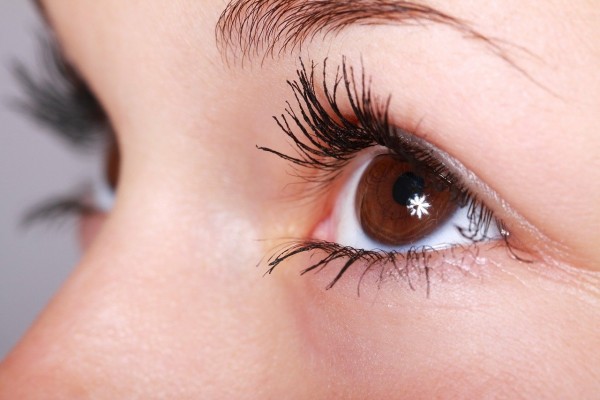Antidepressant Drug Could Potentially Treat Lazy Eye
Researchers from the University of California, Irvine School of Medicine, discovered how subanesthetic ketamine, which is usually used as an antidepressant and for management of pain in humans, is also effective in treating adult amblyopia or "lazy eye." This study was published in Current Biology.
Lazy eye is a developmental problem between the nerves connecting the eye to the brain. This results in the brain focusing on one eye more than the other, ignoring the "lazy" eye. Because that eye is not being appropriately stimulated, the nerve cells responsible for vision cannot mature naturally. A maximum of five percent of children worldwide is diagnosed with this condition annually.
Xiangmin Xu, Ph.D., who works as a professor of anatomy and neurobiology, and serves as the director of the Center for Neural Circuit Mapping, said that their study revealed how even a single-dose of subanesthetic ketamine could allow the reactivation of adult visual cortical plasticity. This action can promote functional recovery of visual acuity defects that resulted from amblyopia.
Subanesthetic ketamine is commonly used for depression and pain management, which has shown rapid and long-lasting antidepressant effects among human patients. There was evidence that ketamine may also control how the nervous system responds to internal and external demands by making structural changes or a process called neural plasticity. But, how the drug mechanism worked is not clear until now.
SEE MORE: Growing Concern for Congo Fever in the Maharashtra's Palghar District
According to Steven F. Grieco, Ph.D., postdoctoral scholar in the Xu lab and lead author of this study, the research study displayed how ketamine specifically downregulates neuregulin-1 (NRG1) expression in parvalbumin-expressing (PV) inhibitory cells, which results in sustained cortical disinhibition, enhancing the cortical plasticity in adult visual cortex.
Because of this neural plasticity-based mechanism, ketamine can actually trigger functional recovery from adult amblyopia, co-first author of the published paper, Xin Qiao, Ph.D., a postdoctoral staff in the Xu lab, added further.
Amblyopia or Lazy Eye
The term "lazy eye" is misleading because the eye is not lazy, but instead not stimulated due to a developmental disorder that occurs during early childhood. The resulting eyesight does not develop as it normally should in one eye. This is not a problem in the eye itself but rather a problem with the nerve connections to the brain.
While the reasons that cause lazy eye are not clear, it is believed that any visual obstructions during a child's development may contribute to the potential of developing this condition.
A child with amblyopia will have difficulty in focusing properly with one of their eyes, and as a result, the other eye will make up for the problem.
Since the brain and the stronger eye make up for this problem, many children do not notice that they have a problem with their vision. This is the reason why, in many cases, a lazy eye is often not detected until a routine eye test has been performed on a child.
Treatment is more effective if it starts earlier. The likelihood of vision improvement drops significantly once the child reaches eight years old, but treatment can still be effective.
READ ON: Expert Says Parents' Apprehensions About HPV Vaccination Are Wrong, Data Proves It
Check out more news and information on Neurology on MD News Daily.
Sep 30, 2020 09:43 PM EDT






